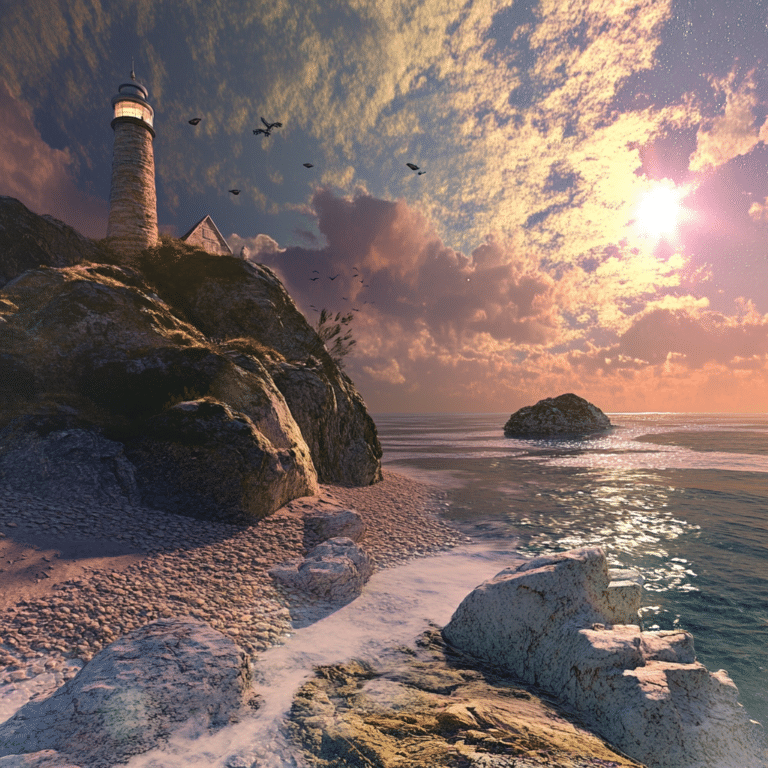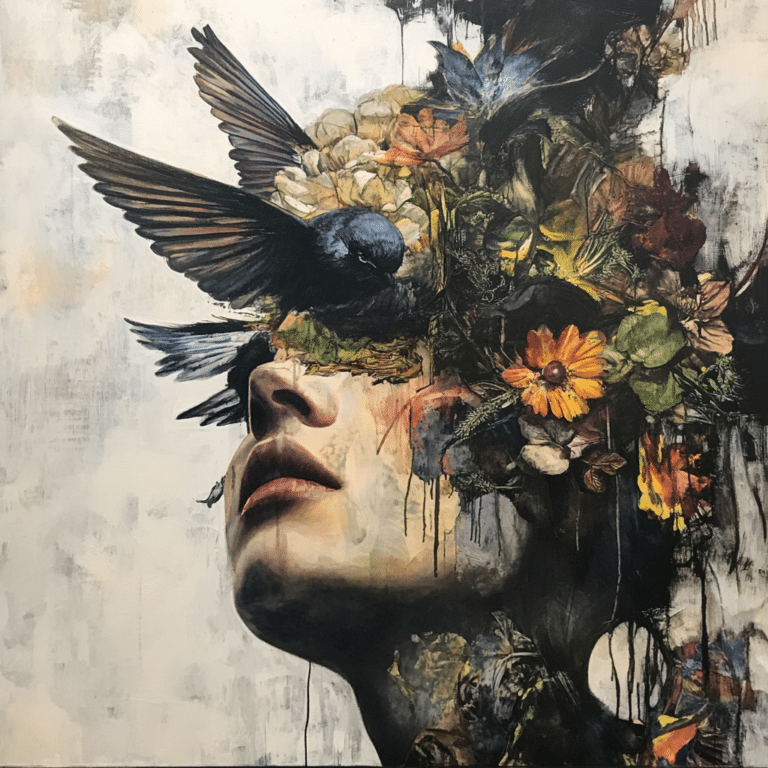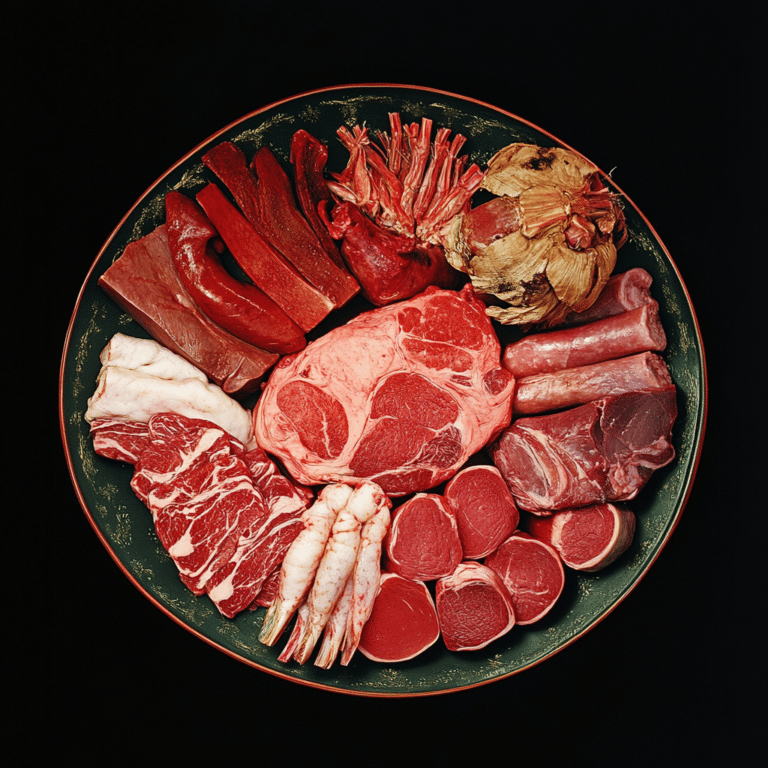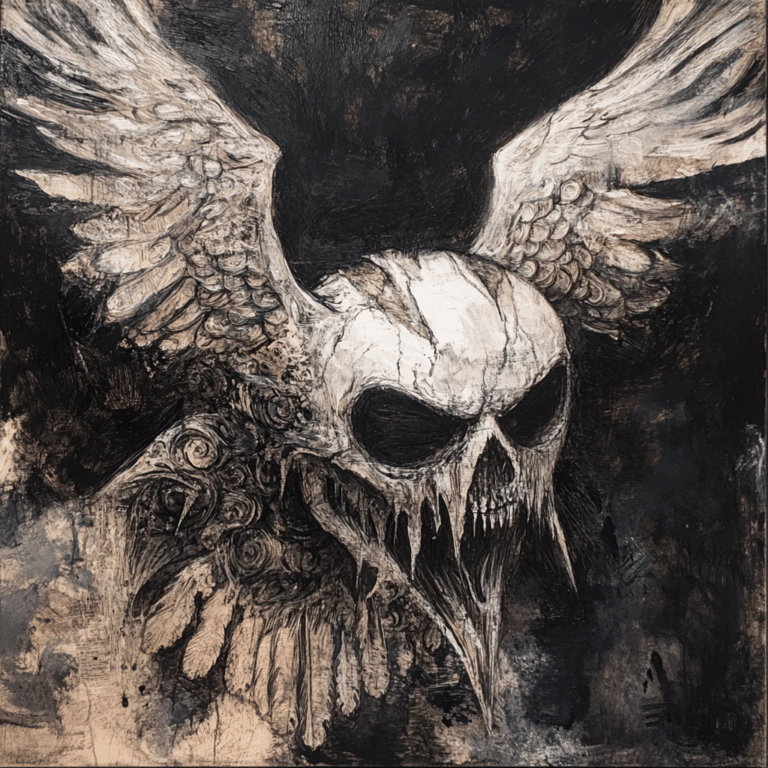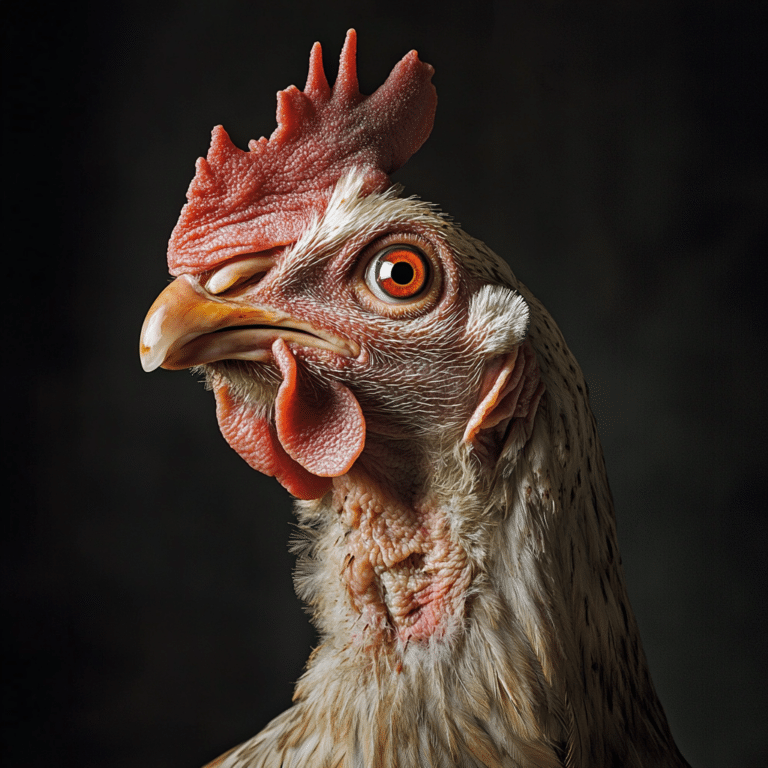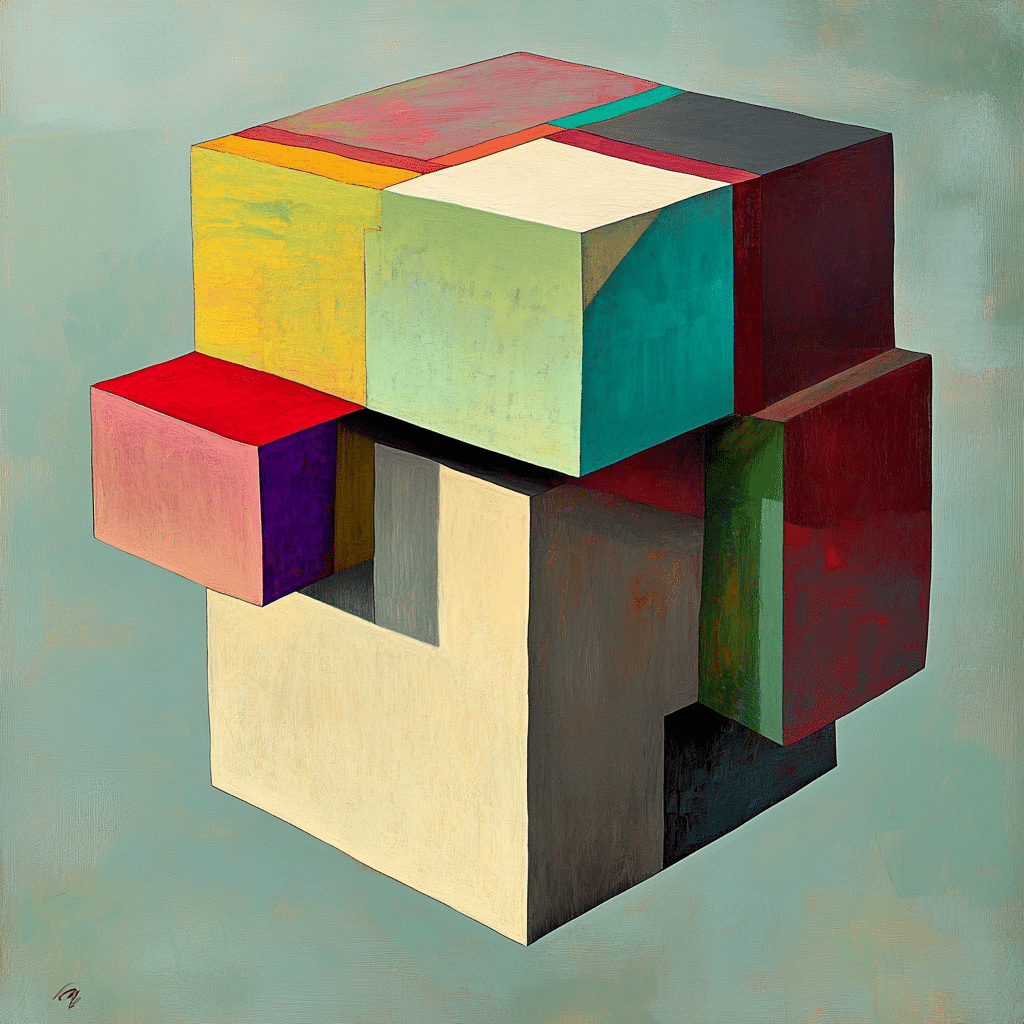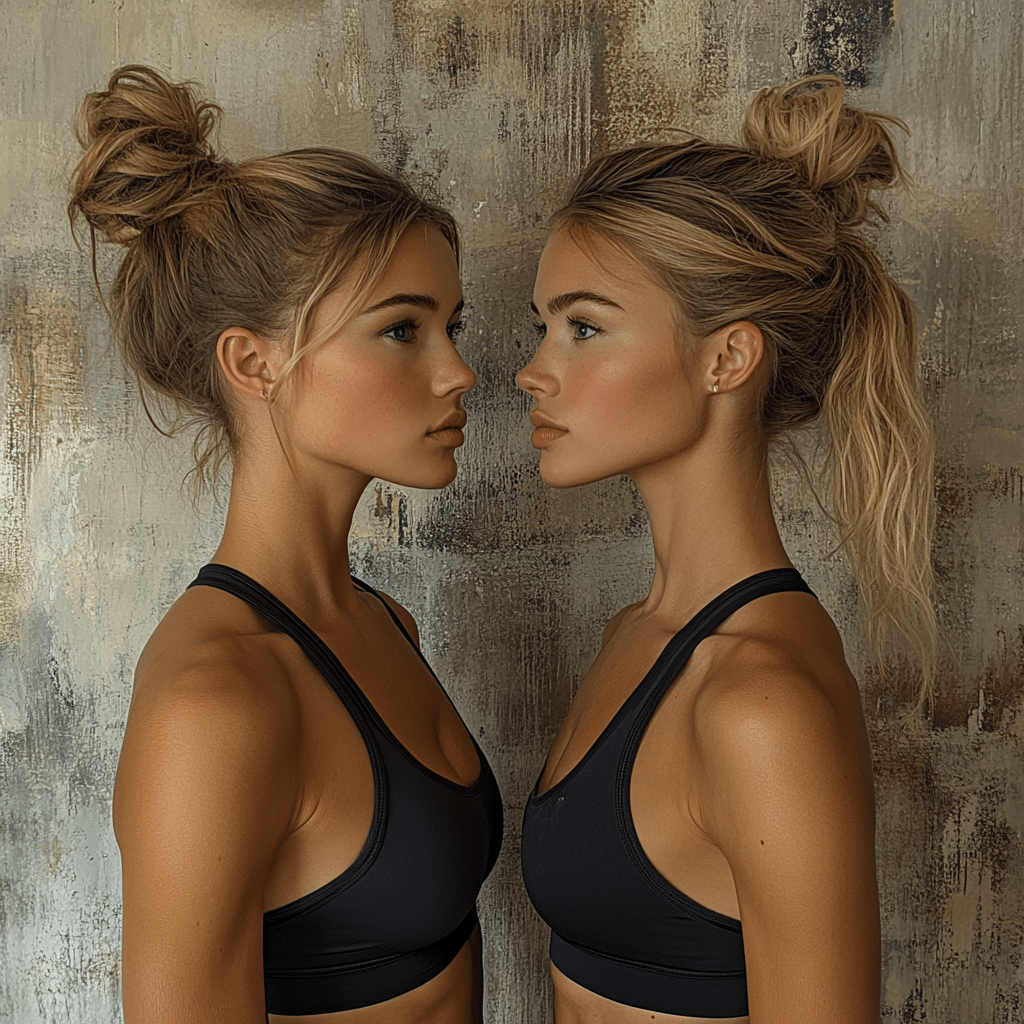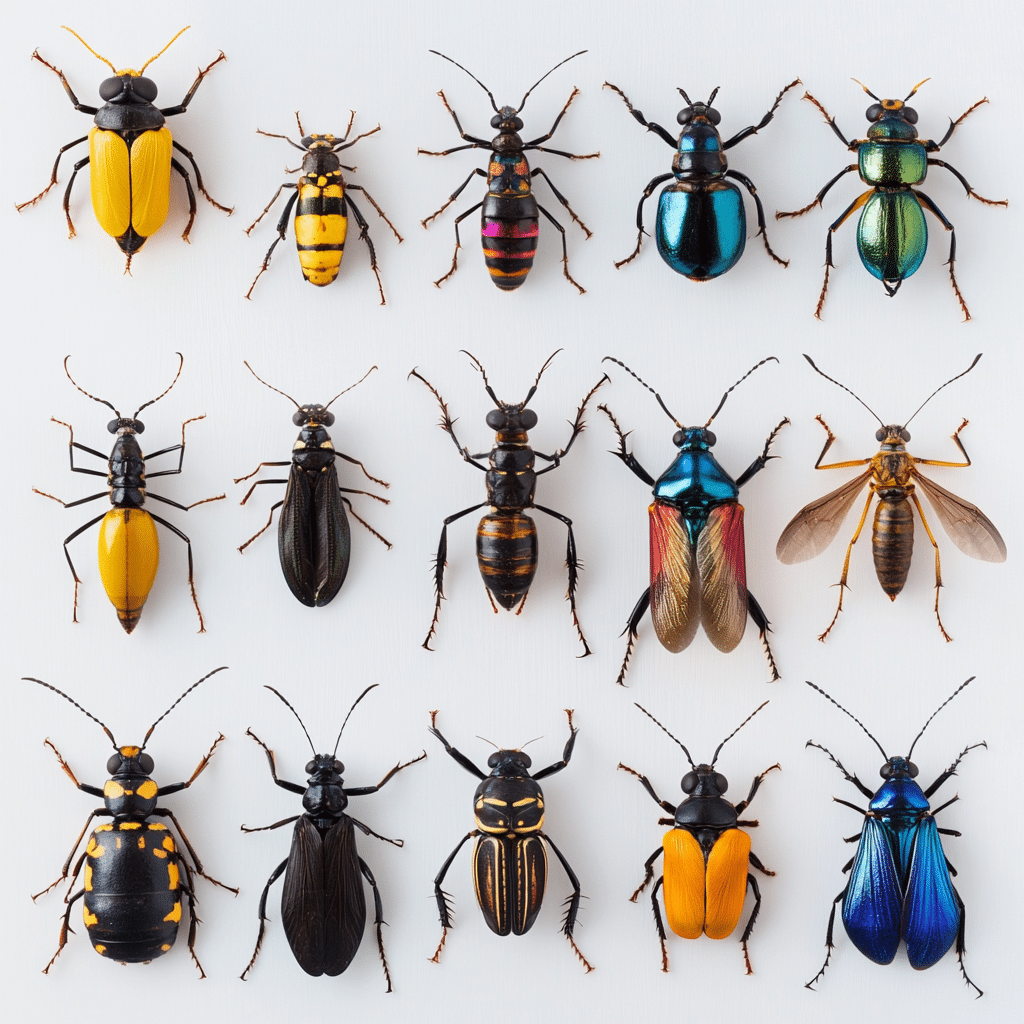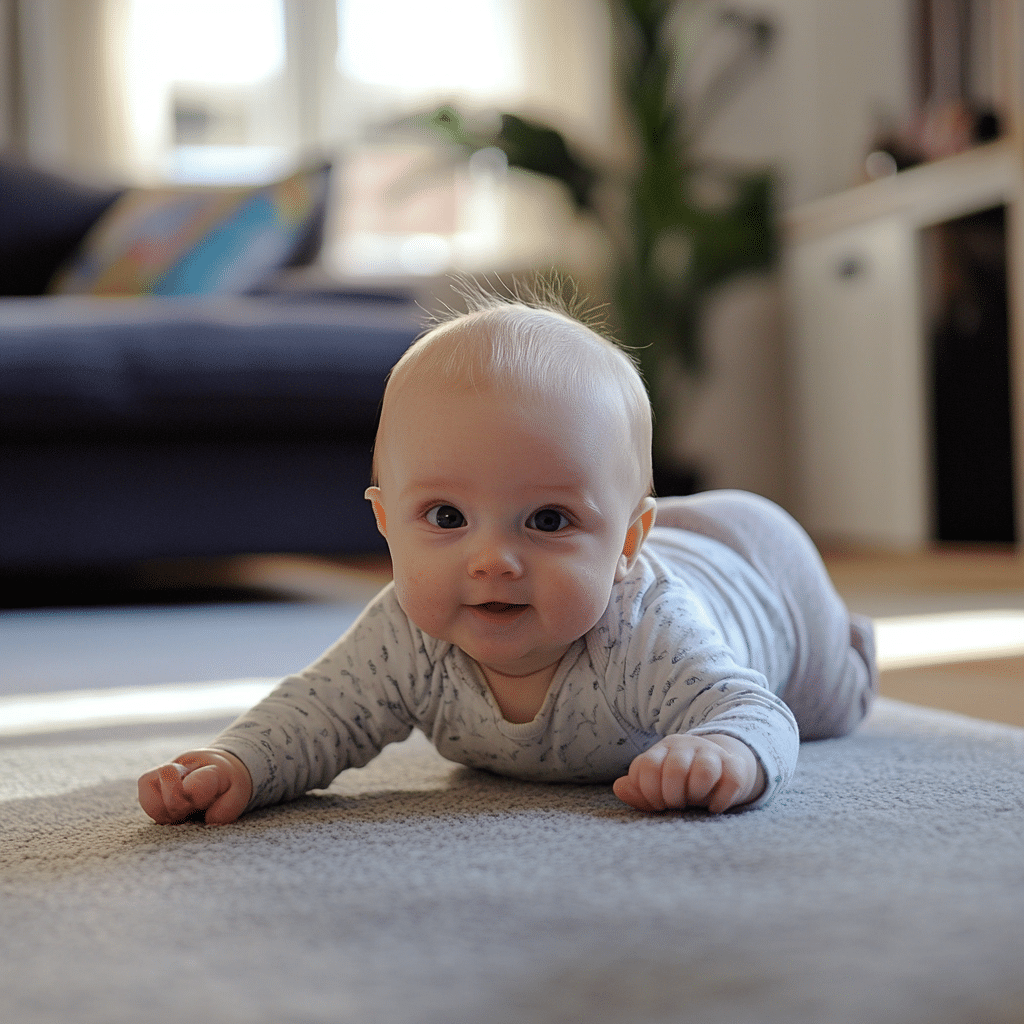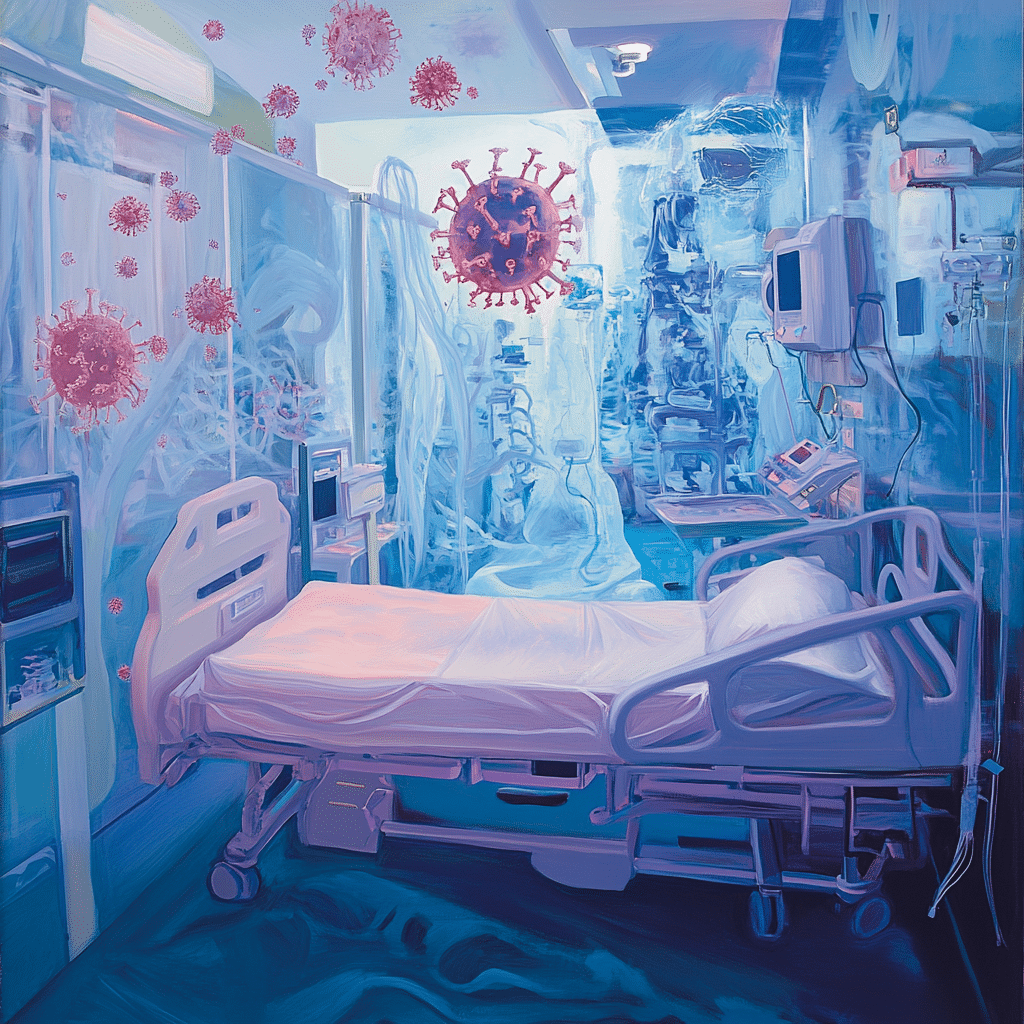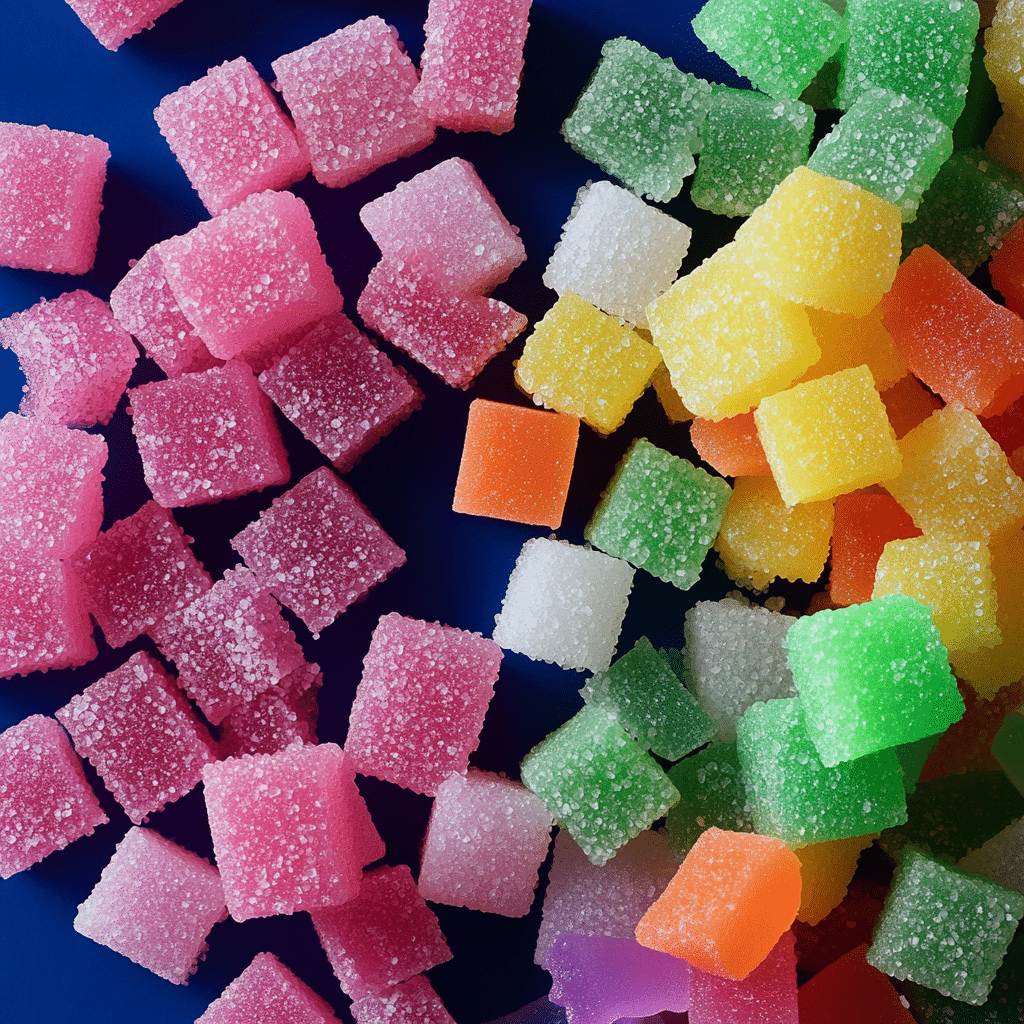When you think of cartoons, you might picture gentle antics and silly gags. But, hold on a second! Enter the chaotic world of Itchy and Scratchy from The Simpsons. This dynamic duo’s outrageous escapades are not just about slapstick; they redefine the essence of cartoon violence and humor. With each episode packed with absurdity, they’ve woven together layers of societal critique and rich discussions around the impact of entertainment on our values. Join me as we dive deep into how Itchy and Scratchy manage to blend humor, morality, and social commentary in this explosive duo.
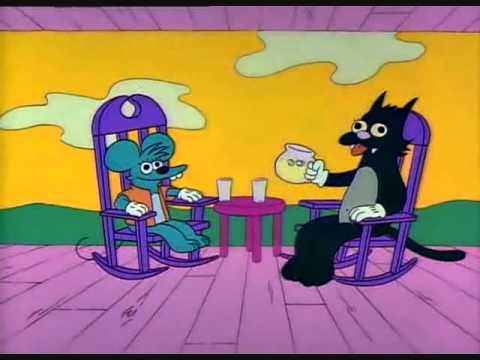
1. The Evolution of Cartoon Violence: Itchy and Scratchy’s Impact
Cartoons have shifted dramatically over the decades. Remember the innocence of Tom and Jerry? Those lovable cat-and-mouse mishaps seem so quaint compared to the bloody escapades of Itchy and Scratchy. Itchy, the blue mouse hell-bent on inflicting pain, and Scratchy, the poor cat relentlessly on the receiving end, break all norms. Their outrageous violence isn’t just shock value; it challenges what we see as “entertaining.”
So, what’s the takeaway? Itchy and Scratchy represent a turning point in cartoon history. They draw a clear line in the sand, showing us that humor doesn’t always need to tread softly. Instead, they’re bold enough to push boundaries while making a statement on how desensitized we’ve become to violence in the media. A classic example is their over-the-top episodes that lampoon traditional tropes—turning violence into satire that ultimately invites viewers to reassess their consumption habits.
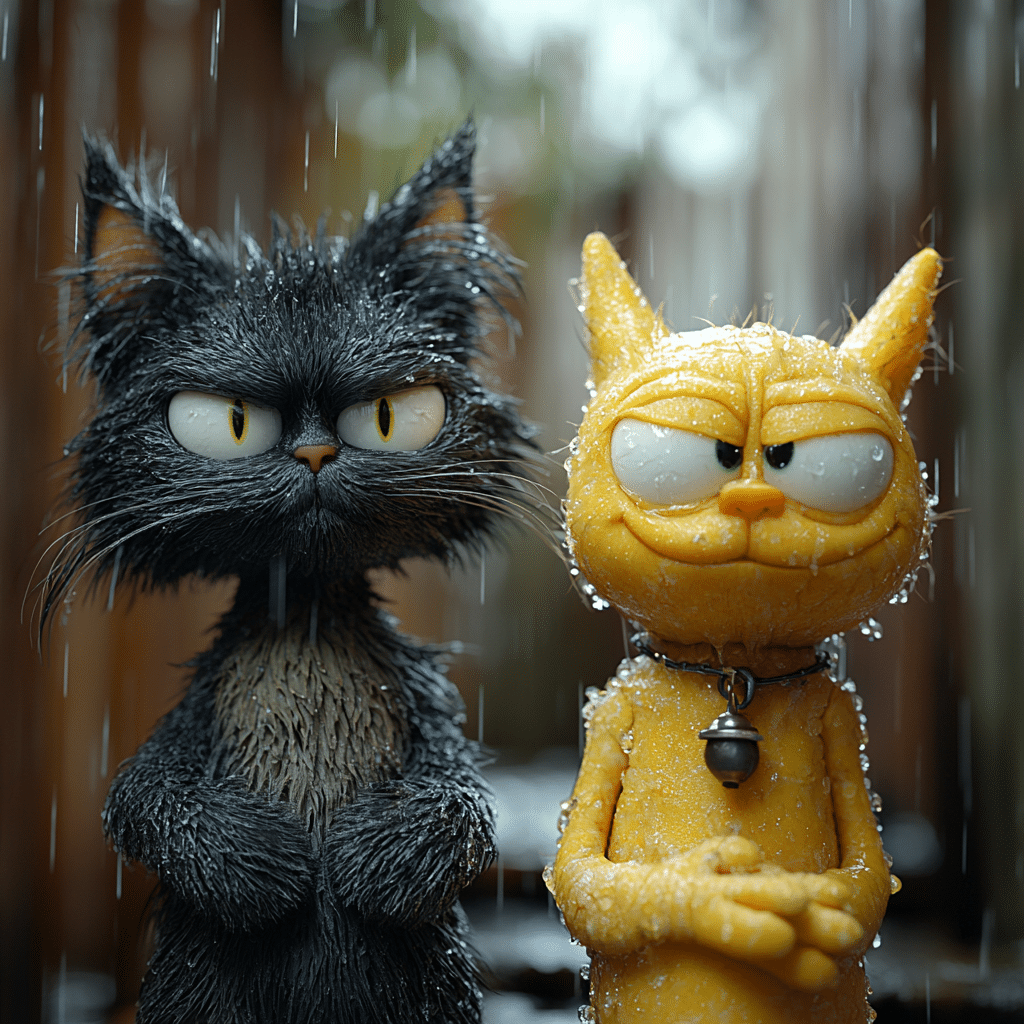
2. Humor as Social Commentary: The Layers Behind Itchy and Scratchy
At first blush, Itchy and Scratchy might seem like they revel in nonsense. But peel back the layers, and what do you find? These absurd antics cleverly comment on our society’s desensitization to violence. Take the episode, “The Itchy & Scratchy & Poochie Show.” Here, the series lampoons how media relies on gimmicks to revive stagnant franchises. It’s a bit like throwing a band-aid on a bullet wound! This episode critiques the absurdity in how we consume entertainment and calls into question the creative process.
So, what’s happening here? Itchy and Scratchy make us reflect on our own viewing habits. The laughs come not just from the violence but from the uncomfortable truths they unveil about our culture. The satire runs deep, shining a light on our fascination with violence in a way that leaves us pondering long after the laugh track rolls.
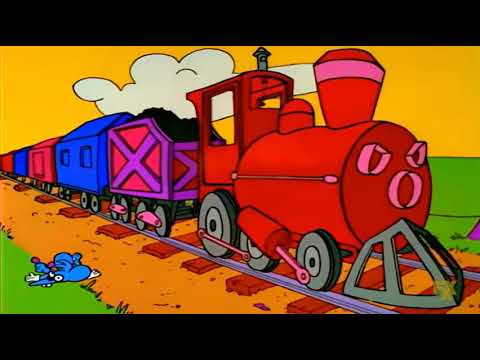
3. The Contrast with Classic Cartoons: Itchy and Scratchy’s Unconventional Approach
When you look back at classic cartoons like those of Walt Disney, themes of kindness and sweet resolutions ran the show. In stark contrast, Itchy and Scratchy scream chaos and carnage. This revolutionary approach catches audiences off-guard and breaks down expectations that cartoons should be nurturing or child-friendly.
Think about it—what sets them apart? While other cartoons play it safe, Itchy and Scratchy lean into extremities. They take violent slapstick to new heights, delighting in the grotesque while making viewers consider their own tastes in entertainment. This divergence sparks necessary conversations about cultural shifts in what audiences now deem entertaining.
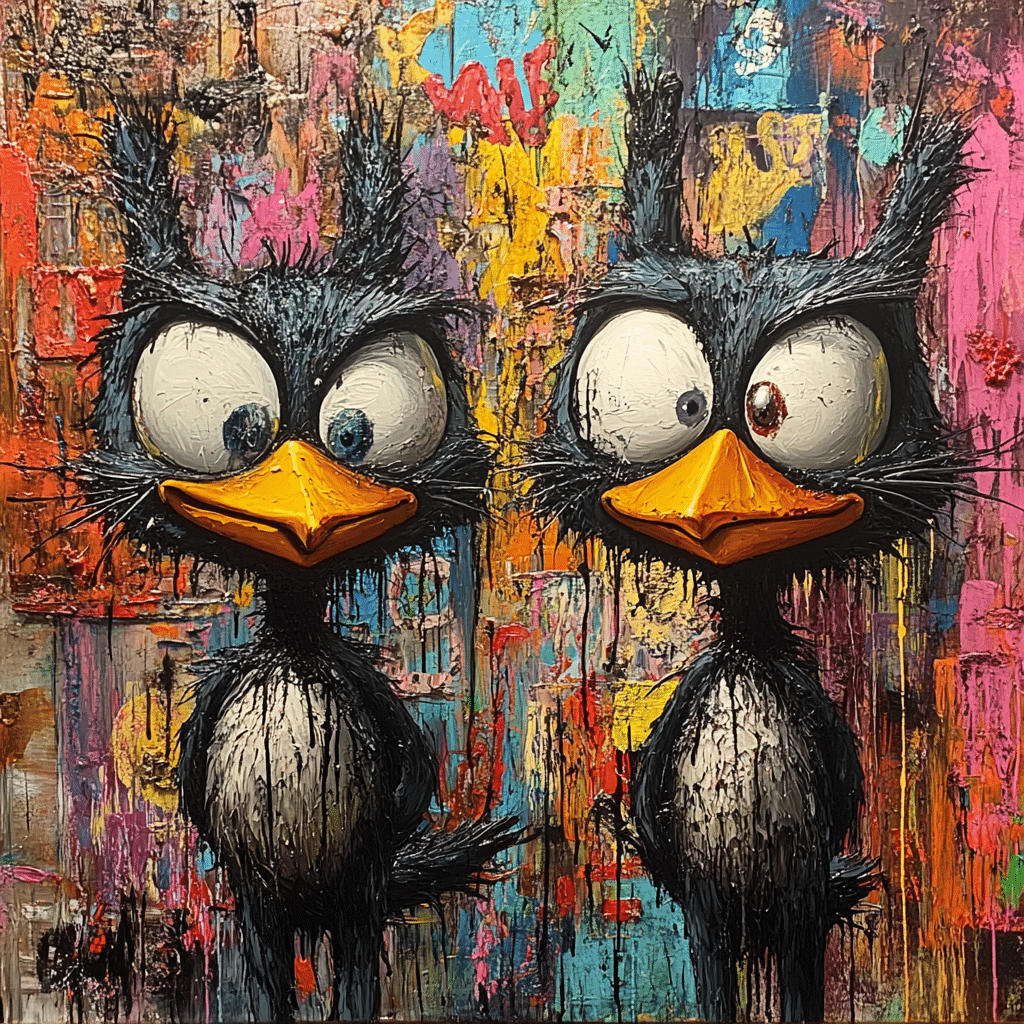
4. The Role of Satire in Modern Animation: Lessons from Itchy and Scratchy
Fast forward to today, and the impact of Itchy and Scratchy can be seen across a variety of animated series. Shows like Rick and Morty and Adventure Time have taken notes from their playbook, incorporating sharp satire and complex themes into their narratives. These new-age cartoons reflect the Itchy and Scratchy influence, presenting humor that is as intellectually stimulating as it is hilarious.
What’s the lesson here? Itchy and Scratchy serve as a benchmark for animated satire. The mix of dark humor with insightful social critiques creates an engaging viewing experience, encouraging creators to explore deeper themes without losing comedic value. Each laugh carries weight, prompting us to dig deeper into the implications of what we’re consuming on screen.
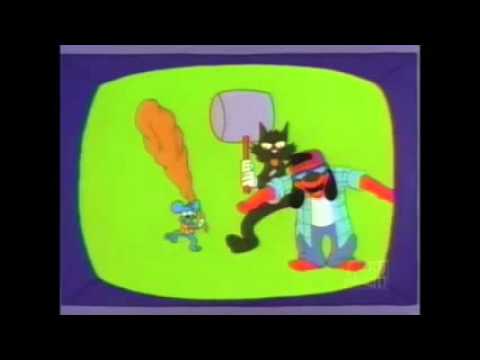
5. Audience Reception: Embracing the Absurdity of Itchy and Scratchy
It’s intriguing to note how audiences react to this violent duo. Some viewers embrace the absurdity, finding joy in the twisted humor and social commentary. In contrast, others feel uneasy about the graphic content. The mixed reactions indicate a cultural shift towards accepting darker humor, suggesting those who favor such content find camaraderie in disrupted norms.
Diving into social media discussions and audience ratings, it’s clear that Itchy and Scratchy ignite passionate conversations, often polarizing yet creating a sense of community. Some critics see merit in this absurdity; others refuse to engage with the grotesque nature. It serves as proof that tastes have evolved, with many embracing and even craving a darker kind of humor.
6. The Influence on Merchandise and Spin-offs: Itchy and Scratchy’s Commercial Legacy
The impact of Itchy and Scratchy extends beyond the screen. This flashy duo has sparked a successful merchandise empire, with action figures, video games, and even collectibles hitting the market. For instance, the Itchy & Scratchy Land episode not only parodies amusement parks but also critiques consumer culture, celebrating entertainment while skewering its consequences on social norms.
Why’s this significant? Their commercial legacy not only showcases humor’s reach but also highlights its ability to critique society while being commercially viable. Itchy and Scratchy tap into something that resonates more than mere entertainment—they reflect a cultural dialogue that is ongoing.
7. The Future of Animation: Where Itchy and Scratchy Lead the Way
As we gaze forward, Itchy and Scratchy’s playful irreverence casts a long shadow over the landscape of animation. With new technologies emerging, artists will likely continue to experiment, merging satire with formats like virtual reality. The propensity to challenge creative boundaries remains vital in keeping animated content relevant and engaging.
So, what’s in store? The willingness to push limits will ensure that cartoon violence and humor remain hot topics in our culture. Today’s artists are primed to draw inspiration from the duo’s fearless approach, paving the way for a future where messages are cleverly interwoven into humor.
Reflecting on Itchy and Scratchy’s Legacy
At the end of the day, Itchy and Scratchy’s wild antics serve as a poignant mirror to society, questioning norms while entertaining in abundance. It’s astounding how animated shorts can spice up our reflections on violence and media consumption. They convey compelling arguments while making us laugh, ensuring their influence resonates with both current and future animated creators.
As we continue to wrestle with themes of violence, satire, and humor in a changing cultural landscape, Itchy and Scratchy defy the label of mere child’s play. They challenge us to reconsider the role of animation in our lives — a powerful reminder that comedy can indeed provide more than just a good chuckle; it can provoke change and awareness.
So, whether you’re a lifelong fan of the duo or discovering them for the first time, Itchy and Scratchy remind us that laughter can run deep, and sometimes, it aches just a little. Embrace the absurdity, and you just might find a new perspective that keeps you both entertained and enlightened.
Itchy and Scratchy: A Cartoon Legacy
The Ironic Spark
Did you know that the clever satire in Itchy and Scratchy has sparked countless debates about cartoon violence? This iconic duo parodies classic cartoon tropes, turning gruesome gags into laugh-out-loud moments. With its outrageous antics, Itchy and Scratchy paved the way for humorous commentary on media consumption, much like how events like the Golden Bachelor premiere push the reality TV envelope. Fans of both Itchy and Scratchy and reality TV will appreciate the absurdity on display.
Iconic Influence
The show’s influence isn’t just contained within the cartoon landscape. Itchy and Scratchy’s unique approach even reaches audiences inspired to delve deeper into theatrical productions. For instance, think about the Jigsaw cast, which showcases characters facing brutal dilemmas. Much like Itchy and Scratchy, it seems, even horror adopts a comedic twist in unexpected ways. Fans often remark how the series reflects the layers of humor found in the likes of Ethan Hawke’s movies and TV shows, where drama often dances with dark comedy.
Without Limits
Little do people know that Itchy and Scratchy has snuck in more insightful cultural references than one might assume. And what about the recurring theme of friendship? It shows a satirical edge on depictions of relationships, reminiscent of how Friends’ death episodes tackle serious subjects while remaining lighthearted. Just like Simone Biles and Jonathan Owens, they find ways to navigate the complexities of relationships amidst chaos. And if folks think it’s all just violence and laughs—well, there’s a lot to chew on beyond the blood and guts!
Itchy and Scratchy not only entertains but also invites conversation, reminding us that humor can thrive even amid madness. Whether you’re into the latest pop culture hits, like Taylor Swift’s 1989 Taylor’s Version, or classic cartoon references, there’s something delightful in these characters’ slapstick misadventures. Forget limited interpretations; dive into the universe of Itchy and Scratchy and discover how it reflects our own sometimes ridiculous lives!
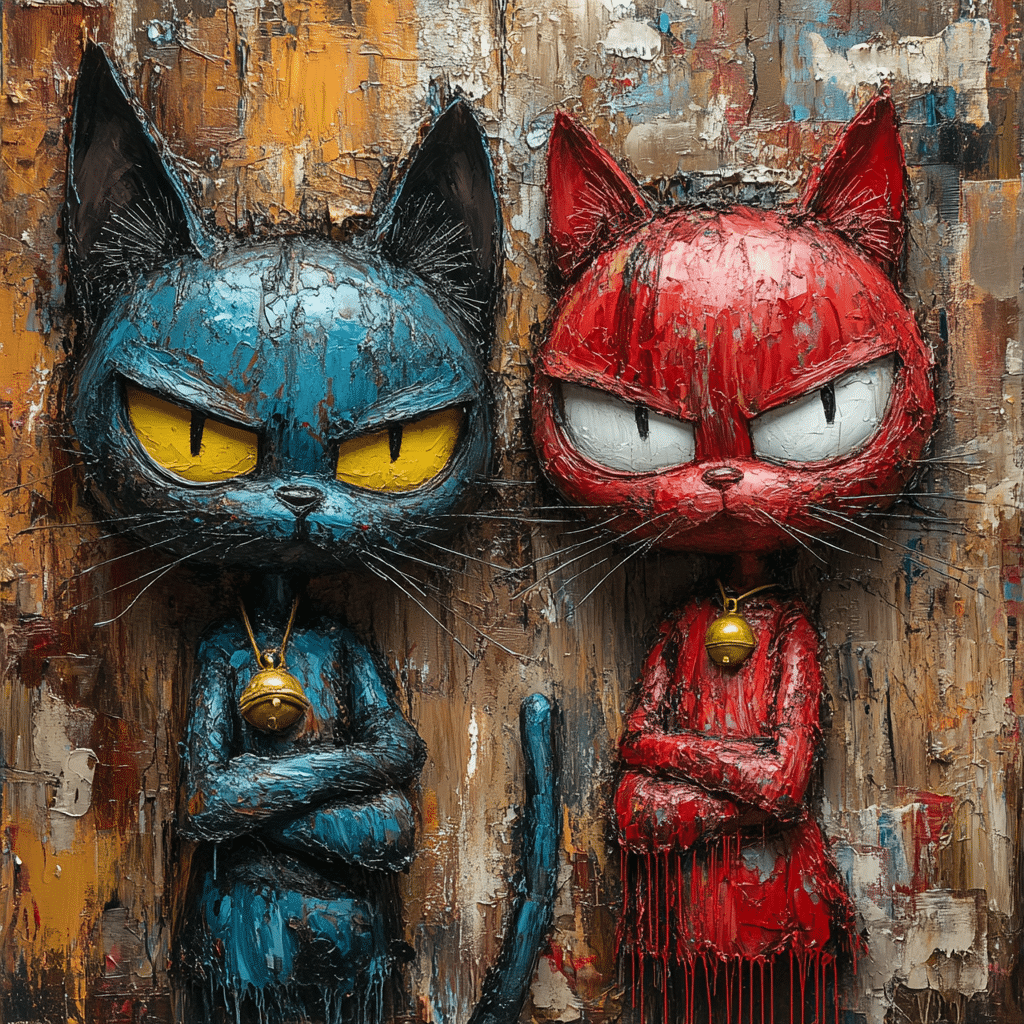
Is Itchy and Scratchy supposed to be Tom and Jerry?
Yeah, Itchy and Scratchy are definitely inspired by Tom and Jerry along with other classic cat-and-mouse antics. They take that cartoon violence to a whole new level, making it even more over-the-top.
Which one is Itchy from Itchy and Scratchy?
Itchy is the blue mouse in Itchy and Scratchy. He’s the villain who takes pleasure in causing chaos and hurt to Scratchy, who’s just a poor cat caught in the crossfire.
What’s the point of Itchy and Scratchy?
The point of Itchy and Scratchy is to poke fun at the way cartoons often have excessive and pointless violence. It’s all about being repetitive and kinda silly, showing how ridiculous some cartoon tropes can be.
What does Tom look like in Tom and Jerry?
Tom, the cat in Tom and Jerry, is typically portrayed as a grey-blue tabby with white accents. He’s got a big ol’ head and a goofy look that really emphasizes his endless rivalry with Jerry.
Does Scratchy ever win?
Scratchy never seems to come out on top in their battles. It’s mostly a one-sided affair where Itchy just keeps on getting the upper hand, which is part of the joke!
Who voices Roger Meyers Jr?
Roger Meyers Jr. is voiced by Harry Shearer. He brings that character to life with his signature comedic style, just like he does with several other roles.
What are the 4 types of itch?
The four types of itch include allergic itch, neuropathic itch, pruritic itch, and psychogenic itch. Each one has different causes, from allergies to nerve issues.
What character is Scratchy?
Scratchy is the character who’s the victim in Itchy and Scratchy’s antics. He’s a cat who’s always on the receiving end of Itchy’s crazy schemes.
Why does it feel so good to satisfy an itch?
Scratching an itch feels good because it triggers pleasure sensations in the brain. It’s kinda like a tiny release of tension that makes you feel better, at least for a moment.
Where can I watch Itchy and Scratchy?
You can watch Itchy and Scratchy episodes on various platforms like Disney+ or through streaming services that have The Simpsons since the cartoon appears as part of that show.
Why is scratching an itch so addictive?
Scratching an itch can get addictive since it creates a cycle of relief and irritation. Each scratch just tempts you to keep going, even though it might not be the best for your skin!


